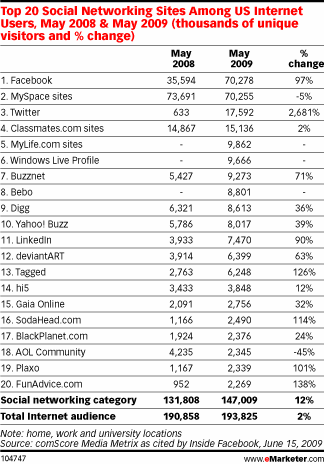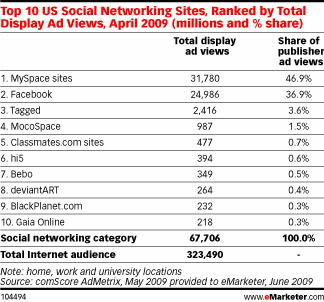Our world is becoming saturated by mass media. It has come to a point that it is even becoming common in developing countries, and due to this widespread phenomenon, we have to remain aware that such exposure to these effects of the media can somehow be positive and negative. Many would say that most of what we know comes from the media as it has the ability and the power and the network to be used to reach out to millions of people to relay messages, to influence and even to educate. However, we cannot avoid the fact that it has the power to affect, to manipulate and also to change opinions of the audiences due to the extensive exposure.
There are many different ways that mass communication is affecting our lives today such as the increase in the production of the thousands of magazines and newspapers and books that we have today definitely stimulated a responding rise in literacy. This form of communication brings knowledge and current information to the masses and it’s even hastier now with the use of the Internet. So are we, and our culture and our opinions shaped or even manipulated by the media through mass communications?
As we all know, we “see” the world based on individual differences of upbringing, race, gender, social economic status and life experiences. The results of these differences are that people perceive and interpret the world differently which in turn shape how we make sense of the world, people, issues, culture and society. As a result of these differences, we all create our own meanings of events around us, filtering information that reaches us through our own prejudices and prior knowledge, framing information so that it makes sense in our own context.
I feel that in the context of Singapore, our media has an agenda setting function. For example an event for the news, the reporter (gatekeeper) decides what stories to cover, what sources to interview, what questions to ask and what parts of the reporter’s very own input is enough to make a story, after which the process still goes through other rounds of filtering from the editor. So clearly, individual perceptions of the world and what things are important are in play in this process, but really, we are the real ‘gatekeepers” in the end. What do we think is important or relevant enough to permit through the gate of our conscious minds? In this context, the media does not reflect “reality”, they filter, shape and construct a “reality”.
The images and impressions and topics that appear in the mass media, especially on Television, serve to “cultivate” in all of us certain impressions of the world. These messages and the way they are framed, may serve to change our own individual perceptual frame of the world around us. The mass media build and maintain a stable set of images, stories about our culture, our society, who we are that govern our lives and how we see the world, and influence the decisions we make. Ultimately, mass media messages in sufficient accumulation may gradually influence our behaviour, attitudes, decisions and life choices.











